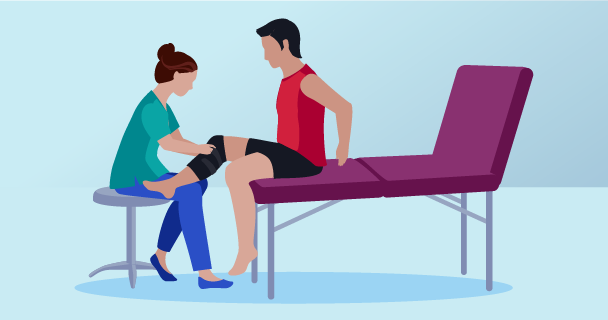blog


AI has the potential to help healthcare really understand their clinicians’ critical thinking ability. In the article from which this post is taken, HealthStream’s Associate VP for Clinical Staff Development, Christie Kerwan, spoke about what AI tools offer for clinical development.
AI’s Impact on Critical Thinking Development
From a training perspective, AI and simulation are revolutionizing the ability to assess, develop, and monitor an individual’s ability to critically think. AI and simulation are enabling healthcare providers with new opportunities to apply their knowledge before entering the clinical environment. With this technology, all of the components of a care environment are brought to the student and they are given a first-hand experience with patients, monitors, and other devices. This opportunity provides students with experience to understand how a piece of equipment should interact with a patient and what it does when something is going wrong. Through a virtual world, students are able to learn if something is wrong with either the patient or the technology, and how to troubleshoot the equipment if that is the source of a problem.
Taking Some of the Risk Out of Educating for Critical Thinking
Kerwan emphasizes application as a fundamental part of critical thinking, “Seeing how someone applies what they’ve learned based on their experiences and then formulates those things into a real plan that can be implemented is the crucial second part of critical thinking. AI and simulation enable application at a much higher level while eliminating the biggest risk of developing critical thinking skills in the healthcare environment—the fact that it’s a matter of life and death.”
Freedom to Make and Learn from Wrong Decisions
AI and simulation remove the effects of bad decisions, of life or death as the outcome. They allow the freedom for the student to make the wrong decision and for the evaluator to allow that wrong decision to occur, which lets students learn from failing. Kerwan adds, “Students are allowed to make a mistake and see the result of that mistake. When they get to the clinical floor they will have seen what happens when they make a specific decision and they will know whether or not to follow that same path. AI and simulation afford us the ability to let students take these risks and learn from them.”
Download the full article here.
HealthStream’s learning management system and healthcare training solutions support medical training initiatives and allow for the best patient care.
View All Learning & PerformanceExpand the decision-making skills and effectiveness of your healthcare workforce with HealthStream's workforce development programs and services.
View All Clinical DevelopmentComprehensive, industry-leading provider onboarding and credentialing software that validates health outcomes and supports provider assessment.
View All CredentialingMake sure your healthcare staff can schedule out appointments and work schedules with ease using our line of nurse scheduling software solutions.
View All SchedulingWhen you enact HealthStream's quality compliance solutions, you can do so with the confidence your healthcare organization will meet all standards of care.
View All Quality & ComplianceStop wasting money on RCM issues. Learn how to Provide your team with expert-led revenue cycle training to help them reduce denied claims, reimbursement mistakes, and more.
View All Revenue Cycle EducationLearn about our advanced resuscitation training solutions. Our solutions are designed to help improve patient outcomes.
View All Resuscitation